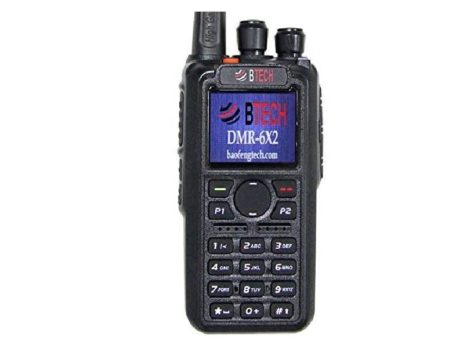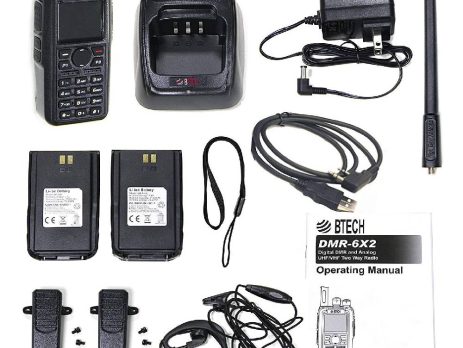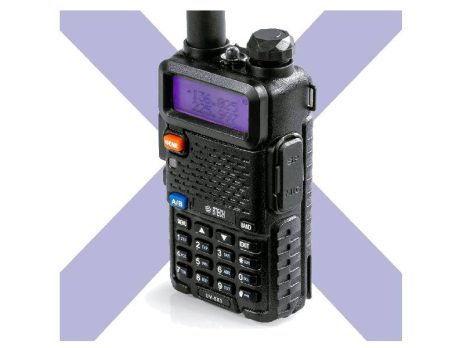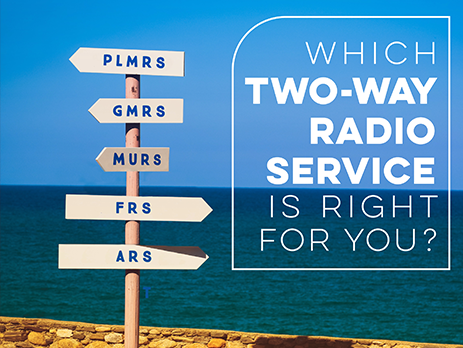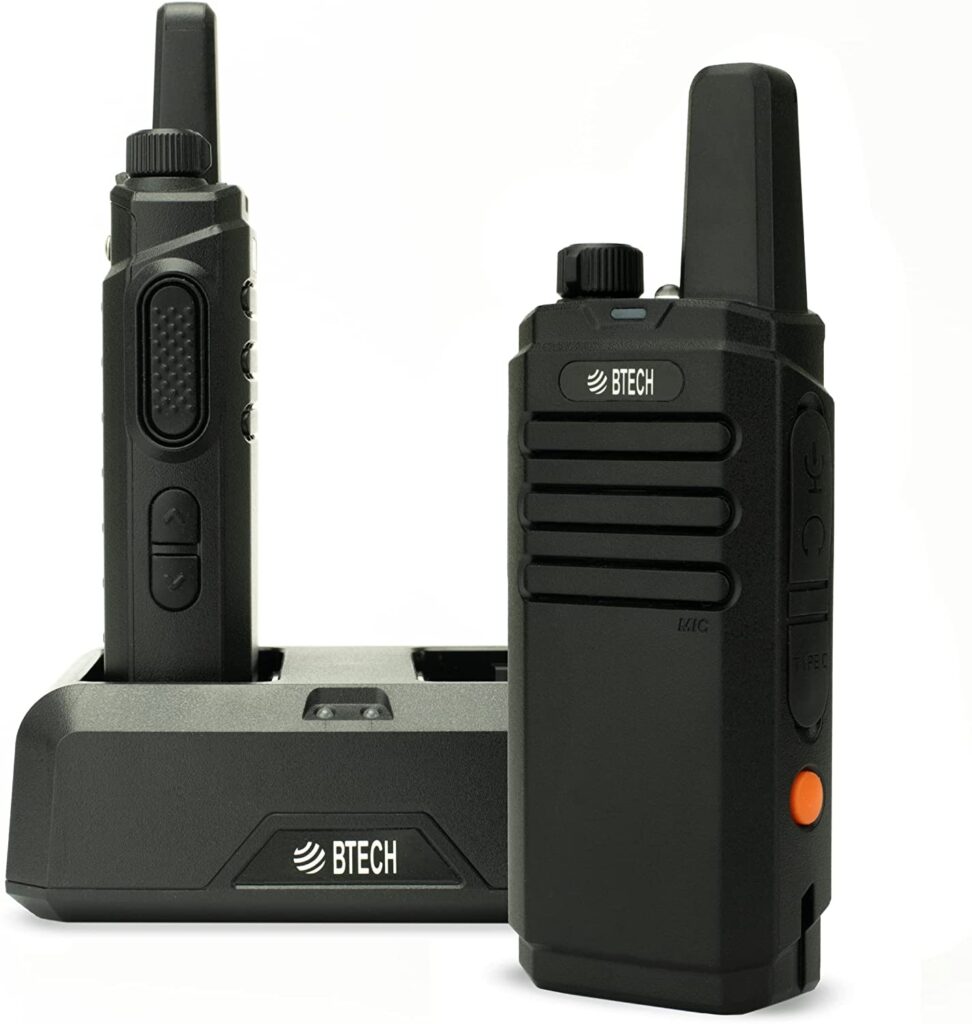GMRS meets short-range communication needs
According to the FCC, the General Mobile Radio Service (GMRS) is “a licensed radio service that uses channels around 462 MHz and 467 MHz. The most common use of GMRS channels is for short-distance, two-way voice communications using hand-held radios, mobile radios and repeater systems. In 2017, the FCC expanded GMRS to also allow short data messaging applications including text messaging and GPS location information.” GMRS licenses are available to individuals for short-distance, two-way communications that facilitate the activities of licensees...




